02 Feb Fall Prevention
Why fall prevention is important
Fall Prevention is a major initiative taken by our office to keep the aging population living independently at home. Falls are a major threat to the health and independence of older adults, people aged 65 and older. Each year in the United States, nearly one-third of older adults experience a fall.
Falls can be devastating. About one out of ten falls among older adults result in a serious injury, such as a hip fracture or head
injury, that requires hospitalization. In addition to the physical and emotional pain, many people need to spend at least a year recovering in a long-term care facility. Some never return to their homes.
Falls can be deadly. Falls are the leading cause of injury deaths among older adults. The rate of fall-related deaths among older adults in the United States has risen significantly over the past decade. In 2004, falls were responsible for 14,900 deaths.
Injury Prevention
Falls are costly. Fall-related injuries among older adults, especially among older women, are associated with substantial economic costs. In 2000, direct medical costs for fatal and nonfatal fall injuries totaled $19 billion. As the number of older adults increases dramatically over the next few decades, so will the economic burden of falls.
Falls are preventable. The opportunity to help reduce falls among older adults has never been better. Today, there are effective fall prevention interventions that can be used in community settings. By offering effective fall prevention programs in our communities, we can reduce falls and help older adults live better, longer lives.
Understanding the risk factors for falls among older adults
Falls are not an inevitable consequence of aging, but falls do occur more often among older adults because fall risk factors increase with age and are usually associated with health and aging conditions. These risk factors include:
Biological risk factors
- Mobility problems due to muscle weakness or balance problems
- Chronic health conditions such as arthritis and stroke
- Vision changes and vision loss
- Loss of sensation in feetBehavioral risk factors
- Inactivity
- Medication side effects and/or interactions
- Alcohol useEnvironmental risk factors
- Home and environmental hazards (clutter, poor lighting, etc.)
- Incorrect size, type, or use of assistive devices (walkers, canes,crutches, etc.)
- Poorly designed public spaces
Usually two or more risk factors interact to cause a fall (such as poor balance and low vision, which can cause a trip and fall going up a single step). Home or environmental risk factors play a role in about half of all falls.
Understanding these risk factors is the first step to reducing older adult falls. Over the past two decades, researchers around the world have used descriptive studies to identify risk factors and randomized controlled trials to test fall interventions. The results of these studies show that reducing fall risk factors significantly reduces falls among community-dwelling older adults—those people living independently in the community.
Many older adults, as well as their family members and caregivers, are unaware of factors or behaviors that put them at risk of falling, and are also unaware of what actions they can take to reduce their risk. Fall risk factor assessment is rarely a part of an older adult’s routine health care, even if they have had a fall or fall injury. All older adults should be encouraged to seek an individual fall risk assessment from their healthcare provider, especially older adults with a history of falls and/or with mobility or balance impairments who are at highest risk for falls.
A self-administered risk assessment form for older adults can be useful when the results are discussed with a healthcare provider who can help modify or manage identified risk factors.
Effective interventions can prevent older adult falls
Effective fall interventions reduce fall risk factors through either exercise alone or by combining exercise with other risk reduction approaches such as medication review and management, gait training and stability braces (ie. Moore Balance Brace), vision screening and correction, education, and safer living environments.
If you have question sabot fall prevention or you or a loved one can benefit from an evaluation you can call Great Neck Family Foot Care and we can start a fall prevention plan for you.
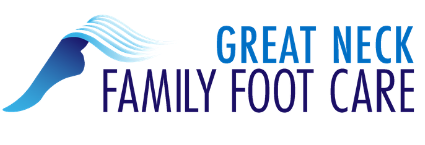
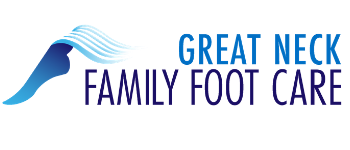
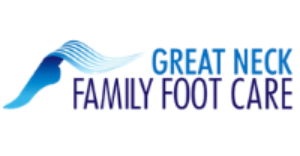

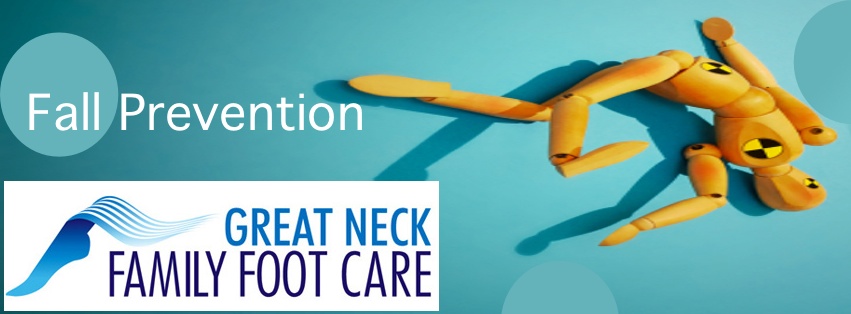
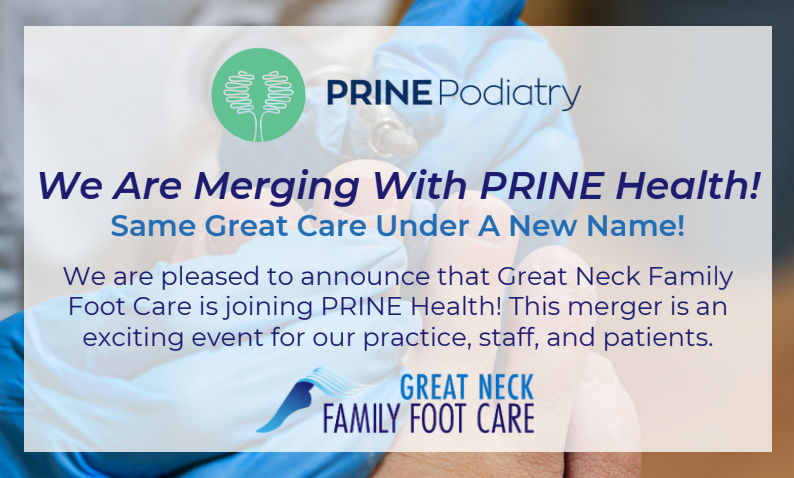
Sorry, the comment form is closed at this time.